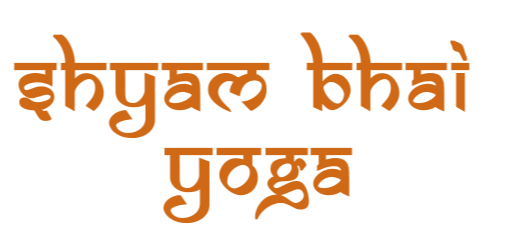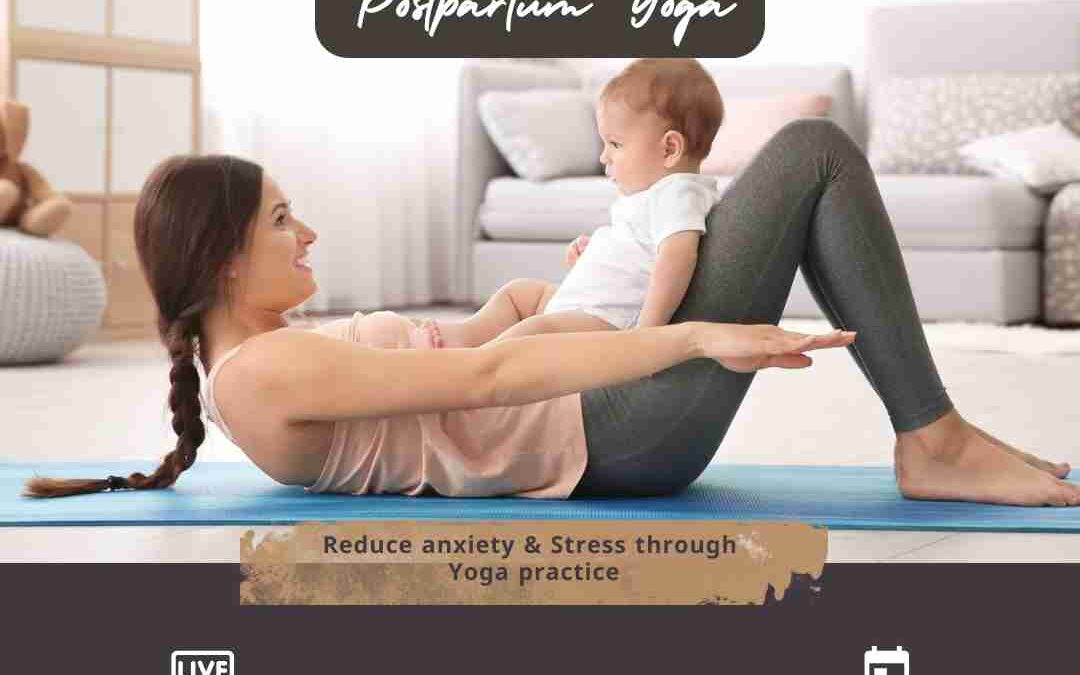Yoga Poses You Can Do While Holding Your Newborn
Welcoming a newborn into your life brings immeasurable joy, but it also introduces new challenges for self-care. Finding time for your yoga practice might seem impossible when your baby requires constant attention. The solution? Incorporating your little one into your yoga routine. At Shyambhai Yoga, we understand the unique needs of new parents and have designed Online postnatal Yoga Classes that include baby-friendly poses you can practice while bonding with your newborn.
[c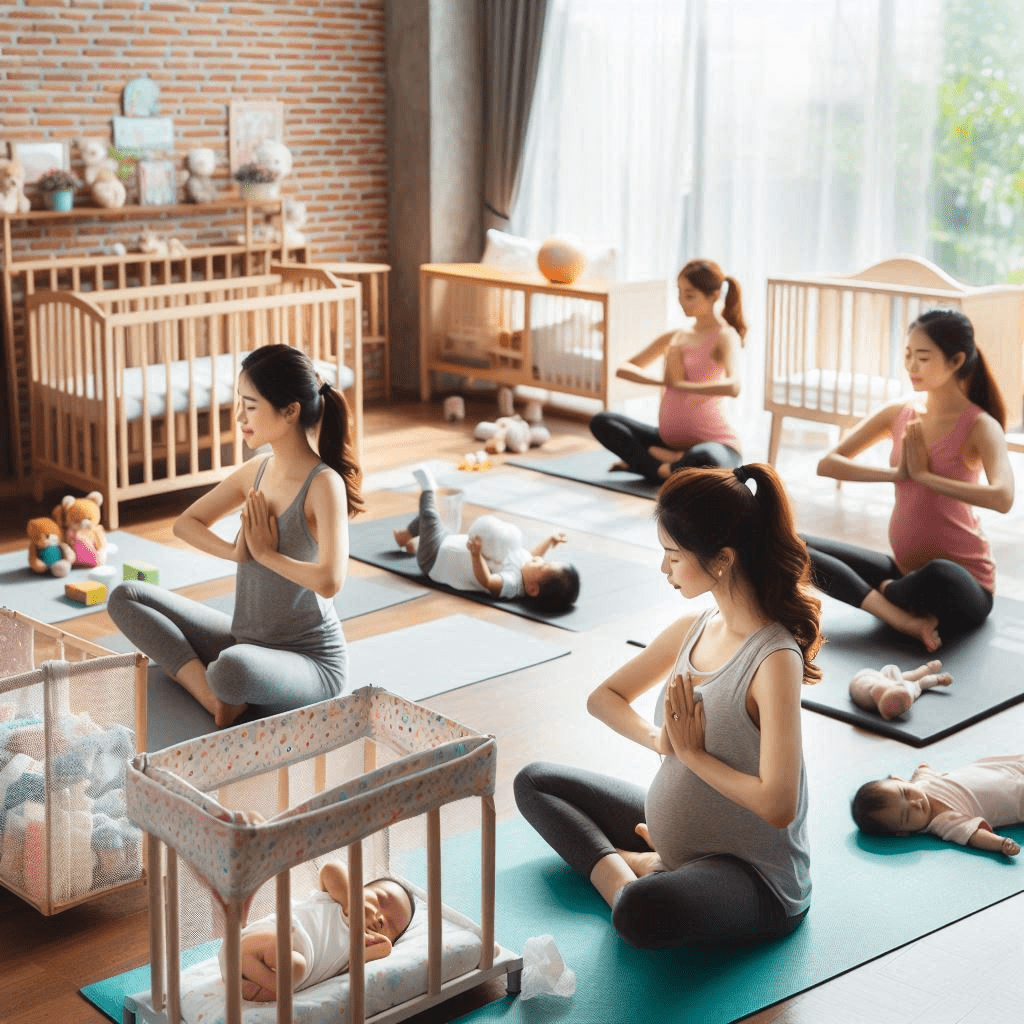 Postpartum Online Yoga Classes[/caption]
Postpartum Online Yoga Classes[/caption]
Benefits of Practicing Yoga with Your Newborn
- Enhanced bonding: Skin-to-skin contact and gentle movement together strengthens your connection
- Consistent practice: Maintains your yoga routine during a time when separate self-care seems impossible
- Gentle postpartum recovery: Helps rebuild core strength and pelvic floor function at an appropriate pace
- Reduced anxiety: Physical activity releases endorphins that combat postpartum mood fluctuations
- Baby sensory stimulation: The movement, touch, and your voice provide valuable sensory input for your baby’s development
Safety First: Guidelines Before You Begin
- Wait for clearance: Get approval from your healthcare provider (typically 6-8 weeks postpartum, longer for cesarean births)
- Start slow: Begin with just 5-10 minutes and gradually increase
- Watch for baby’s cues: If your baby becomes fussy or uncomfortable, take a break
- Use proper support: Ensure your baby’s head and neck are always well-supported
- Stay hydrated: Keep water nearby, especially if breastfeeding
Seated Poses with Baby
1. Seated Breath Awareness with Baby on Chest
This foundational practice helps rebuild your mind-body connection while soothing your baby.
How to practice:
- Sit comfortably on the floor with support (cushion, folded blanket, or bolster)
- Hold baby upright against your chest, their head resting on your shoulder
- Support baby’s bottom with one hand and back/neck with the other
- Close your eyes or maintain a soft gaze
- Take 10 deep, diaphragmatic breaths, feeling your baby rise and fall with your breath
- Focus on the sensation of your baby’s weight grounding you
Benefits: Calms the nervous system, improves posture awareness, encourages deeper breathing, and often lulls babies to sleep.
2. Gentle Seated Twist
This gentle twist helps relieve postpartum back tension without straining your recovering abdominal muscles.
How to practice:
- Sit cross-legged with a straight spine
- Hold baby securely facing you, supporting their head and neck
- Inhale to lengthen your spine
- Exhale and gently rotate to one side from your mid-back (not your waist)
- Hold for 2-3 breaths
- Return to center and repeat on the opposite side
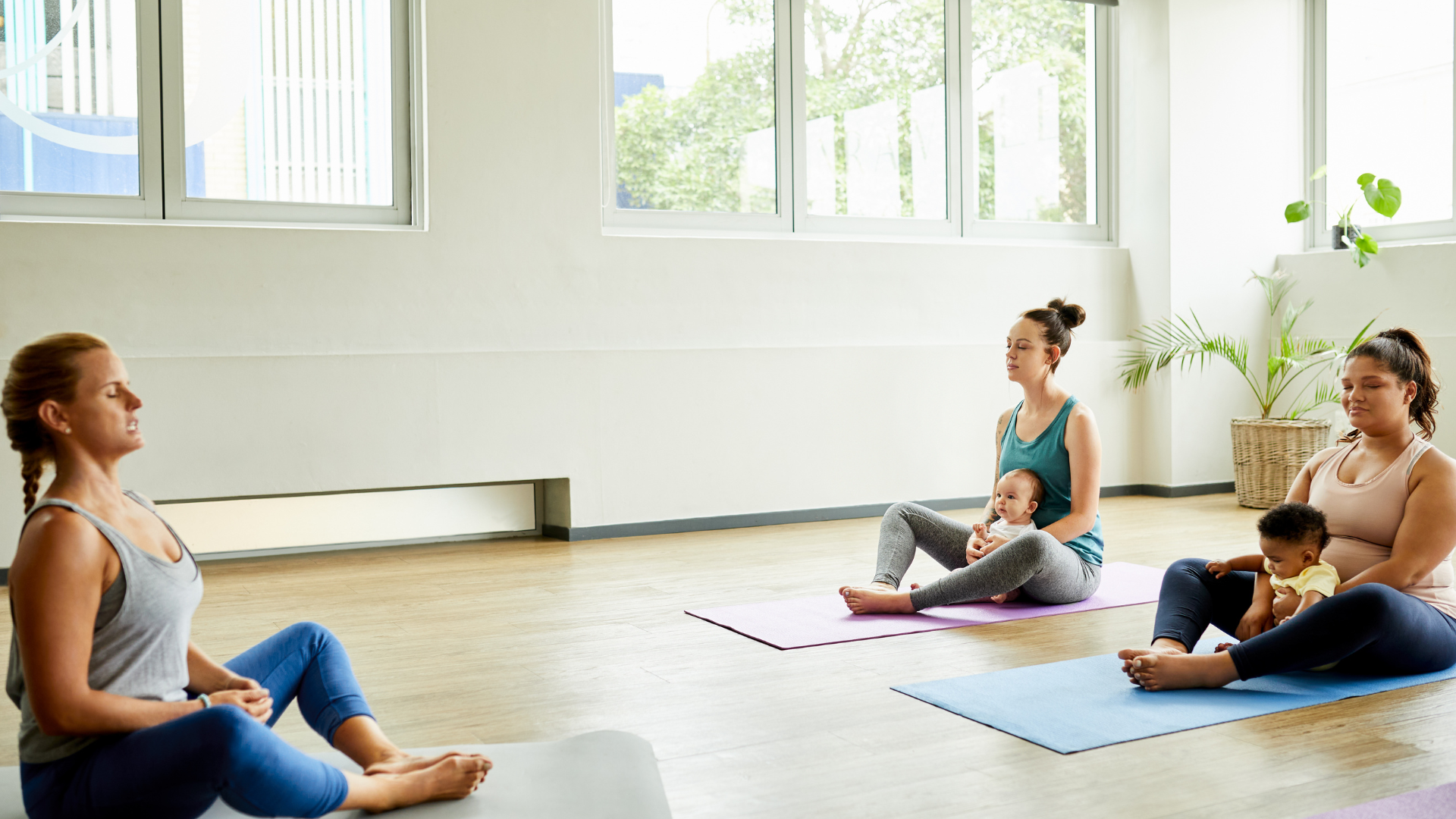
Benefits: Relieves back tension, improves spinal mobility, and massages internal organs, aiding digestion for both you and potentially your baby.
Opens chest, strengthens back muscles, relieves shoulder tension, and provides gentle vestibular stimulation for baby.
Standing Poses with Baby
1. Goddess Pose with Baby Hold
This powerful stance rebuilds lower body strength and helps realign your pelvis.
How to practice:
- Stand with feet wider than hip-width apart, toes turned slightly outward
- Hold baby facing you, supporting their head and neck
- Bend knees to lower into a wide squat (only as deep as comfortable)
- Keep your spine long and chest lifted
- Hold for 5-8 breaths, gently bouncing or swaying if baby enjoys it
- Rise slowly and repeat 2-3 times
Benefits: Strengthens legs and pelvic floor, opens hips, improves circulation, and the gentle bouncing often calms fussy babies.
2. Standing Side Bend with Baby
This gentle lateral stretch helps relieve tension along the sides of your body.
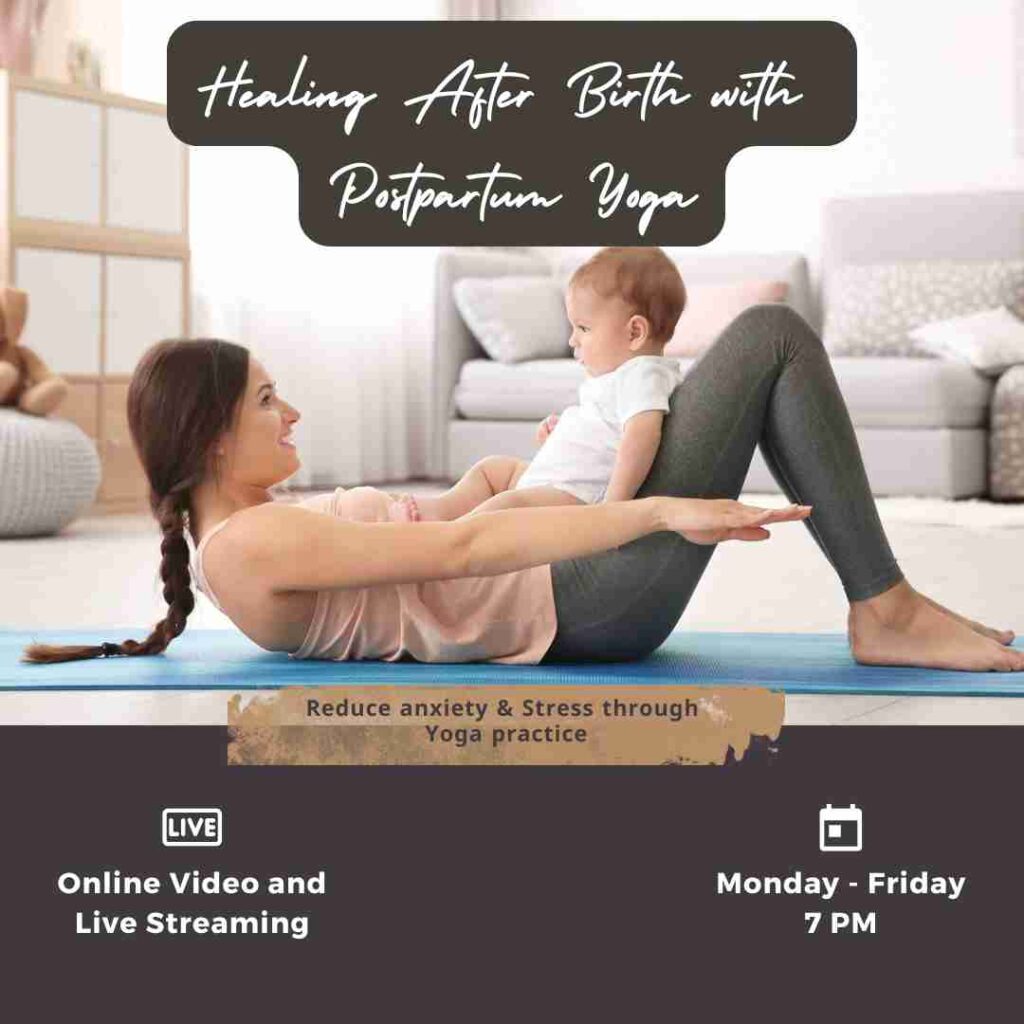
How to practice:
- Stand with feet hip-width apart, knees slightly bent
- Hold baby securely against your chest
- Extend one arm overhead
- Lean gently to the opposite side, creating a C-shape
- Hold for 2-3 breaths
- Return to center and repeat on the other side
Benefits: Stretches intercostal muscles between ribs, improves breathing capacity, stimulates lymphatic drainage, and the rocking motion often soothes the baby.
3. Gentle Warrior I with Baby
This modified warrior helps rebuild strength while maintaining proper alignment.
How to practice:
- Start with feet hip-width apart
- Step one foot back about 2-3 feet (much less deep than traditional Warrior)
- Turn back foot to 45-degree angle
- Hold baby facing you at chest level
- Gently bend front knee, keeping it aligned with ankle
- Lift chest and hold for 3-5 breaths
- Step back to starting position and repeat on opposite side
Benefits: Strengthens legs, improves balance, opens hip flexors, and the rhythmic stepping motion often entertains babies.
Reclining Poses with Baby
1. Bridge Pose with Baby on Abdomen
This gentle backbend strengthens your posterior chain while giving the baby a ride.
How to practice:
- Lie on your back with knees bent, feet flat on floor hip-width apart
- Place baby on your abdomen/lower chest, facing you
- Support baby with both hands
- Inhale and lift hips a few inches off the floor (much lower than traditional Bridge)
- Hold for 2-3 breaths
- Lower slowly and repeat 3-5 times
Benefits: Strengthens glutes and hamstrings, gently opens chest, relieves lower back tension, and babies typically enjoy the gentle up-and-down motion.
2. Reclined Twist with Baby
This supported twist helps relieve back tension while providing gentle interaction with your baby.
How to practice:
- Lie on your back with knees bent, feet flat
- Place baby on your chest, supporting them securely
- Drop both knees to one side (keeping baby level)
- Turn head in opposite direction of knees
- Hold for 3-5 breaths
- Return to center and repeat on other side
Benefits: Releases lower back tension, improves spinal mobility, aids digestion, and provides an opportunity for eye contact and interaction with baby.
3. Happy Baby with Real Baby
This playful pose helps release tension in the lower back and hips while creating a special moment with your little one.
How to practice:
- Lie on your back
- Hold baby facing you above your chest
- Bend your knees toward your chest
- Make eye contact with your baby and smile
- Gently sway side to side if comfortable
- Hold for 5-8 breaths
Benefits: Opens hips, releases lower back, creates joyful connection, and babies typically respond positively to face-to-face interaction in this position.
Flowing Sequences with Baby
1. Baby Dancing Warrior Flow
This modified flow helps rebuild strength and stamina while soothing the baby with rhythmic movement.
How to practice:
- Stand in Mountain Pose holding baby securely
- Step one foot back into a gentle Warrior II position
- Hold for 2 breaths, swaying gently
- Straighten front leg and reach forward into a modified Triangle
- Return to Warrior II
- Step back to Mountain Pose
- Repeat on opposite side
Benefits: Builds stamina, improves balance, creates a dance-like quality that babies enjoy, and helps you regain a sense of flow in your practice.
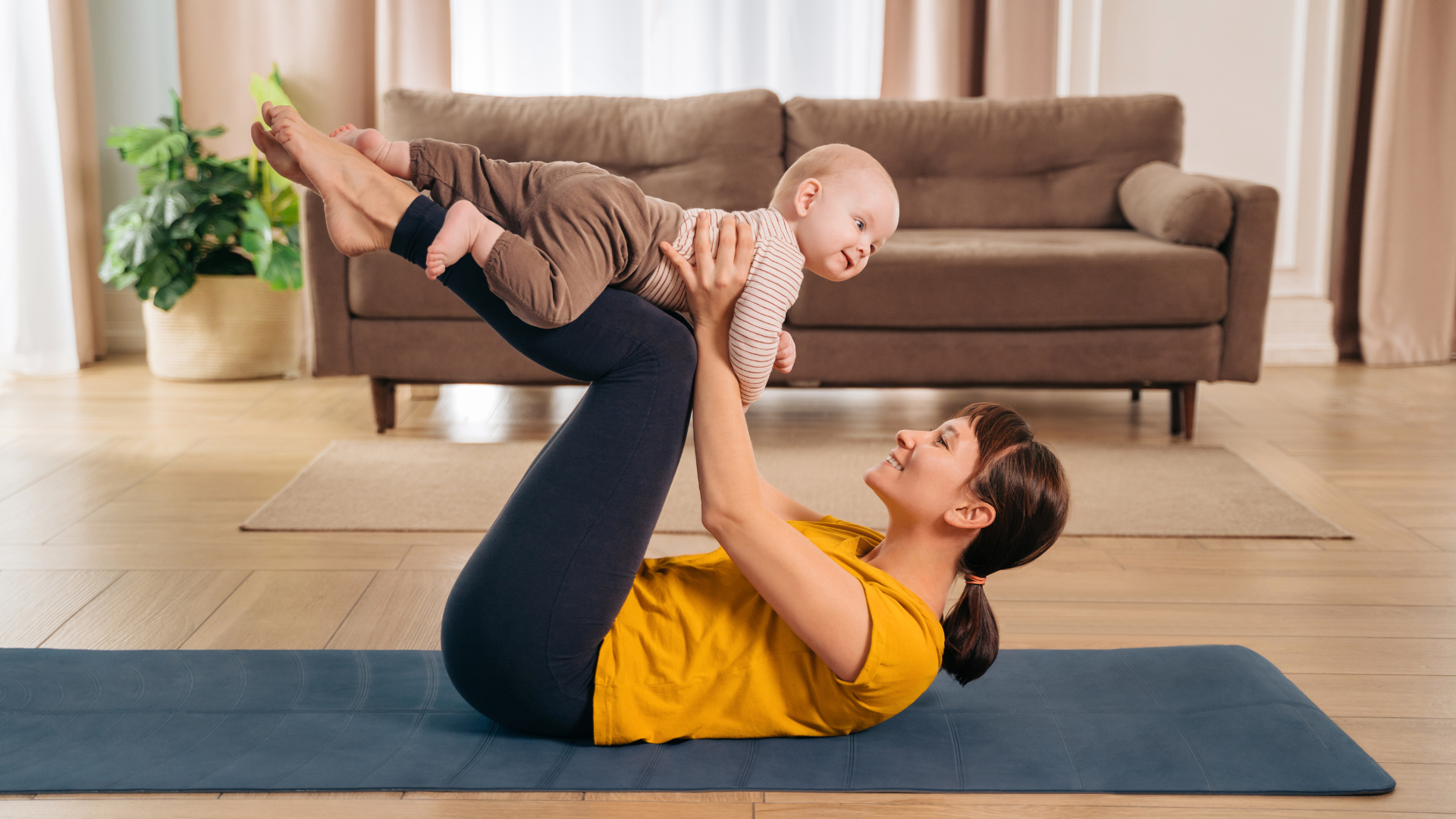
2. Squat and Rise with Baby
This functional movement pattern rebuilds lower body strength for the many times you’ll need to pick things up while holding your baby.
How to practice:
- Stand with feet slightly wider than hips, holding baby securely
- Bend knees and lower into a shallow squat
- Keep chest lifted and spine long
- Rise slowly back to standing
- Repeat 8-10 times, moving with your breath
Benefits: Strengthens quadriceps, glutes, and pelvic floor, improves functional movement patterns, and the up-and-down motion often entertains babies.
Also Read When Is the Ideal Time to Begin Your Postnatal Yoga Journey?
Finding Expert Guidance
While these poses offer a starting point for practicing yoga with your newborn, having expert guidance is invaluable during the postpartum period. At Shyambhai Yoga, our Online postnatal yoga Classes provide detailed instruction on proper alignment, breathing techniques, and modifications specific to your postpartum stage.
The convenience of accessing expert-led sessions from home means you can practice when your baby is calm, without worrying about transportation or disrupting nap schedules. Our instructors understand the unique challenges of the fourth trimester and offer compassionate guidance for both physical recovery and emotional wellbeing.
Inquiry
If you have any questions, please feel free to reach out. We’ll be glad to help!
